
Children are always active utilizing their energy in multiple activities. They are involved in activities that require high energy levels to be maintained like playing games in school, or attending a hobby class after school. These kids use more energy per pound of body weight than teens or adults. You should give children food which is high on energy and nutrition both. There are various high energy food sources which are also excellent sources of vitamins, minerals, fiber and antioxidants. For instance, you could make cheese look exciting to kids by cutting it into fun shapes and sizes with a cookie cutter and make skewers with your favorite berry. Every human being needs foods that include protein, carbohydrates, vitamins and minerals.
Dry fruits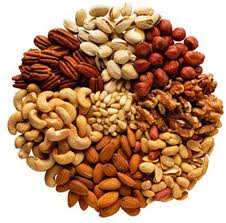
Iron rich dry fruits can make for quick homemade recipes. You can choose to create a bowl of dried nuts and cereal to lure your child for this nutritional colorful diet, which is very high on energy. You can give children dried mangoes and apricots as a nick nack to eat on the go. Dried fruits are also readily available in the market and can be eaten multiple times during the day. There are no known side effects of this quick high energy cruncher. It will help kids to build strong bones and help them in staying active through the day.
Almonds
Protein rich almonds like other nuts help regulate the blood sugar and keep the energy levels stable all the way. They are also considered ideal for a healthy heart as they contain monounsaturated fats which aid in maintenance of lower blood cholesterol levels. It also helps in increasing memory and the fiber in almonds along with multiple nutrients like riboflavin, magnesium, iron and calcium helps to provide kids with high energy levels. It is proven that almonds contain calcium more than any other dry fruit upto 75 milligrams (mg) in one serving of about twenty three almonds. This also helps to achieve half of the body’s RDA requirements of vitamin E.
Whole grain
As per the 2010 dietary guidelines, kids under the age of nine should get about two to three servings per day of whole grains while older kids should get three to five servings each day of whole grains. The wheat germ found in the center of the grain is a rich source of nutrients including vitamin E, folate, magnesium, phosphorus, potassium, iron, niacin, thiamin, riboflavin and zinc. It also contains protein and fiber. Giving kids long lasting energy, whole grains can be added to their diet via dishes like pasta, grits, tortillas, crackers, breads, and breakfast cereals. Do not forget to read the labels on packaged or processed foods to confirm that they contain whole grains.
Apples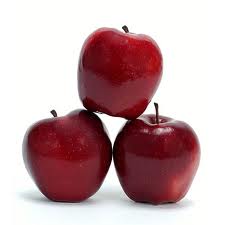
Giving your school going kid quick energy supply, apple which is also rich in fiber will help satisfy your kid’s appetite and also give him a feeling of being full. Apples are known to lower blood cholesterol and glucose levels as they contain pectin, a soluble fiber. Apple is also considered an antioxidant that helps to protect the body cells from damage. They are also an excellent source of vitamin C keeping the kid’s capillaries and blood vessels healthy. It also helps in the iron absorption. You can give an apple each day while packing your child’s lunch.
Greens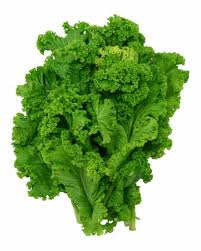
Green food items are high on nutritional value like spinach, collards and broccoli but may not be your child’s best buddy. These foods should be included in a school going kid’s daily diet. It helps to provide teenagers with beta-carotene, vitamin C and calcium along with fiber. The green food list could also include grapes. They contain flavonoids that help decrease antioxidant tissue damage. Greens are rich in folic acid which can help prevent your child to suffer from anemia. You can add a side serving of sweet green food salad along with your child’s dinner plate.
Avocado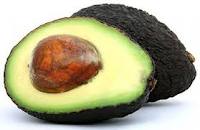
Avocados are rich in nutrients and can be given to kids along with salads, can be a sandwich ingredient or can be added as a topping to crackers or else can be served as cubes to kids. They are lush in flavor and color. Delicious to eat, one fifth of an avocado can provide your kid with 2g of dietary fiber. It helps in proper digestion and aids blood sugar control. They are also rich in vitamins E and vitamin B6. These high energy avocados are easy to prepare. For instance they can be whipped and sliced to roll them in a tortilla.
Potatoes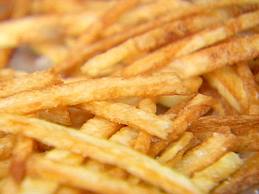
Potatoes are one of the staple foods around the world. They are so filling that your kid will feel full long before you realize. They are high on energy as they bring with them energizing quantities of complex carbohydrates, protein, potassium, vitamins B6 and C, copper and manganese. The starchy carbohydrates will give your kid energy much needed for physical activities. 100g potatoes have approximately 250-280 kJ. They come handy to give your child that quick dose of glucose for playing his favorite sport. They are easy to prepare and take minutes to cook. Potatoes can be made into varieties of tasty dishes like honey potatoes, finger chips, potatoes chat and more.
Yogurt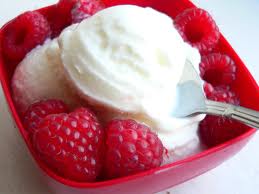
This is an easy to digest food item and best for those with lactose intolerance. Yogurt is available easily in the market in variety of colors and flavors to lure kids towards this healthy and high on energy food item. Yogurt also makes for an impeccable calcium rich delicacy for strong bones. Yogurt is easy to prepare at home as it is bacteria fermentation of milk. It is rich in protein and several B-vitamins along with essential minerals. This sweetened and flavored food can be your child’s favorite.
Lentils
Easy and quick to cook, lentils provide the much required energy to kids. They are rich in fiber and variety of nutrients. They are accessible in several varieties in the market. Easily available, lentils come in different flavor, texture and colors. Known to have the second highest protein content of all vegetable foods after soybeans, they are native to West Asia. Kids can be offered lentil stew or dried lentils as their lunch menu to schools. Lentils can also be a great addition to various dishes providing high fiber content and iron along with many B vitamins. They help to regulate blood sugar and help in healthy functioning of the nervous, digestive, and immune system.




